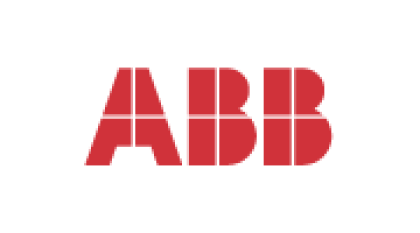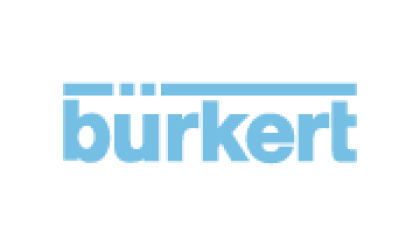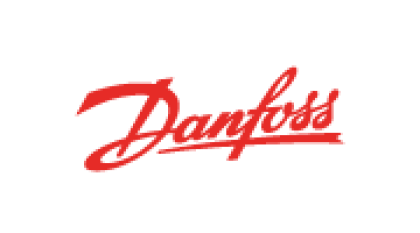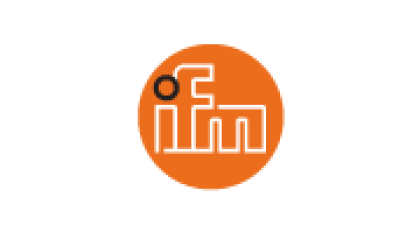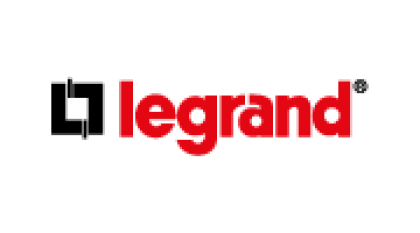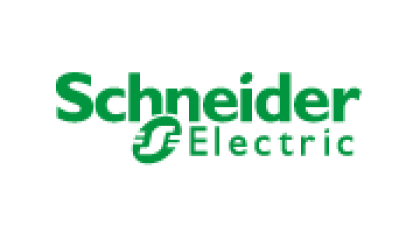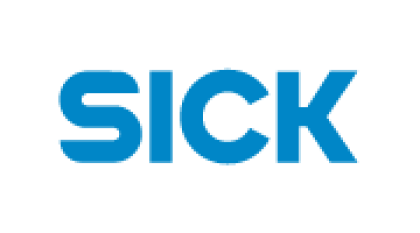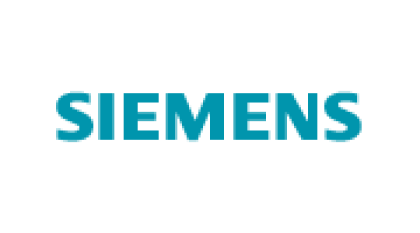Exploring Industrial Control Components: Enhancing Automation and Efficiency
Industrial control components play a critical role in the automation and optimization of manufacturing processes across various industries. These components encompass a wide range of devices and systems designed to monitor, control, and regulate machinery, equipment, and processes. In this article, we will delve into the world of industrial control components, exploring their types, functions, benefits, and key considerations for implementation.
Understanding Industrial Control Components
Industrial control components are essential elements in automation systems that facilitate precise control, monitoring, and coordination of industrial processes. These components include:
- Programmable Logic Controllers (PLCs): PLCs are microprocessor-based controllers that execute control functions based on programmed logic, input signals from sensors, and user-defined parameters. They are versatile and widely used in industrial automation for tasks such as sequencing, logic control, and data acquisition.
- Human-Machine Interfaces (HMIs): HMIs provide operators with visual interfaces to monitor process parameters, control equipment, and interact with automation systems. They display real-time data, alarms, trends, and diagnostics, enabling operators to make informed decisions and adjustments.
- Sensors: Sensors detect changes in physical variables such as temperature, pressure, flow, position, level, and presence. They provide input signals to control systems, enabling accurate measurement, monitoring, and feedback for process control and automation.
- Actuators: Actuators convert control signals from automation systems into physical action, such as movement, positioning, or operation of equipment. They include devices like motors, valves, solenoids, and pneumatic/hydraulic actuators, contributing to precise control and operation of machinery.
- Variable Frequency Drives (VFDs): VFDs control the speed and torque of electric motors by varying the frequency and voltage of the power supplied. They enable energy-efficient motor control, soft starting, speed regulation, and dynamic response in industrial applications.
- Relays and Contactors: Relays and contactors are electromechanical devices used for switching and controlling electrical circuits. They provide isolation, protection, and control functions in motor starters, control panels, and power distribution systems.
- Safety Devices: Safety components include emergency stop buttons, safety relays, light curtains, safety mats, and interlocks designed to ensure personnel safety, equipment protection, and compliance with safety standards in industrial environments.
- Communication and Networking Devices: Industrial communication devices such as PLC communication modules, Ethernet switches, fieldbus protocols (e.g., Profibus, Modbus), and wireless technologies enable data exchange, connectivity, and integration within automation systems.
Functions and Benefits of Industrial Control Components
Industrial control components perform various functions and offer several benefits to industries:
- Control and Regulation: Components like PLCs, actuators, and VFDs enable precise control, regulation, and automation of industrial processes, ensuring consistent performance and quality.
- Monitoring and Diagnostics: Sensors, HMIs, and data acquisition systems monitor process variables, collect data, and provide real-time diagnostics, enabling proactive maintenance and troubleshooting.
- Energy Efficiency: VFDs, energy management systems, and control algorithms optimize energy usage, reduce waste, and contribute to sustainable operations by minimizing energy consumption.
- Safety and Compliance: Safety components and systems ensure personnel safety, equipment protection, and compliance with safety standards and regulations, reducing risks and liabilities.
- Operational Efficiency: Automation components streamline workflows, reduce manual intervention, minimize downtime, and improve productivity, leading to increased operational efficiency and cost savings.
- Scalability and Flexibility: Modular and scalable control components allow for flexible system configurations, expansion, and adaptation to changing production requirements, supporting agile manufacturing practices.
Key Considerations for Implementing Industrial Control Components
When implementing industrial control components, several key considerations should be taken into account:
- System Integration: Ensure compatibility and seamless integration of control components with existing automation systems, equipment, and software platforms to avoid compatibility issues and maximize functionality.
- Reliability and Durability: Select high-quality, reliable components from reputable manufacturers to ensure long-term performance, uptime, and durability in harsh industrial environments.
- Scalability and Future-Proofing: Choose scalable components that can accommodate future expansion, upgrades, and technological advancements, ensuring long-term viability and flexibility in system design.
- Safety and Compliance: Prioritize safety components and systems to protect personnel, equipment, and assets, and ensure compliance with safety standards, regulations, and industry best practices.
- Training and Support: Provide training and education for operators, maintenance personnel, and engineers to understand and effectively utilize control components, troubleshoot issues, and optimize system performance.
- Cybersecurity: Implement cybersecurity measures such as firewalls, encryption, authentication, and access controls to protect automation systems from cyber threats, data breaches, and unauthorized access.
Future Trends in Industrial Control Components
The future of industrial control components is influenced by emerging technologies and trends:
- Edge Computing: Edge computing brings processing power closer to automation devices and sensors, enabling real-time data processing, reduced latency, and improved response times in distributed control systems.
- IoT and Connectivity: Industrial IoT (IIoT) technologies enable connectivity, data exchange, and remote monitoring of control components, facilitating predictive maintenance, condition monitoring, and operational insights.
- Artificial Intelligence (AI) and Machine Learning: AI algorithms and machine learning techniques analyze data patterns, optimize control strategies, predict equipment failures, and enable autonomous decision-making in automation systems.
- Digital Twins: Digital twin technology creates virtual replicas of physical assets, enabling simulation, optimization, and predictive analysis of control components, processes, and systems.
- Sustainable Solutions: Emphasis on energy-efficient control components, green technologies, and sustainable automation practices to minimize environmental impact and promote sustainability in industrial operations.
Conclusion
Industrial control components play a vital role in driving automation, efficiency, and innovation in manufacturing and industrial processes. By leveraging advanced technologies, reliable components, and best practices, businesses can optimize control systems, improve productivity, ensure safety, and achieve operational excellence. As industries embrace digital transformation and Industry 4.0 principles, staying informed about the latest trends, technologies, and considerations in industrial control components is essential for achieving competitive advantage and sustainable growth in the dynamic landscape of industrial automation.




